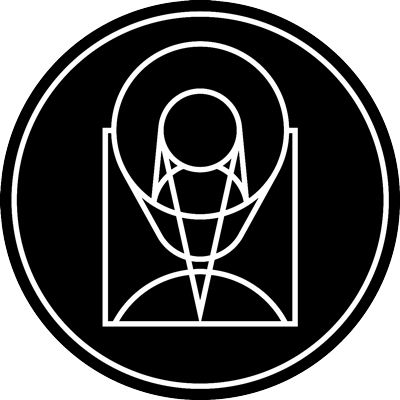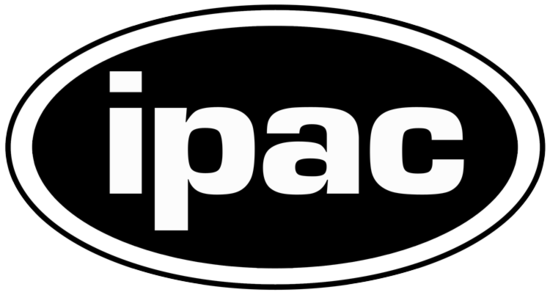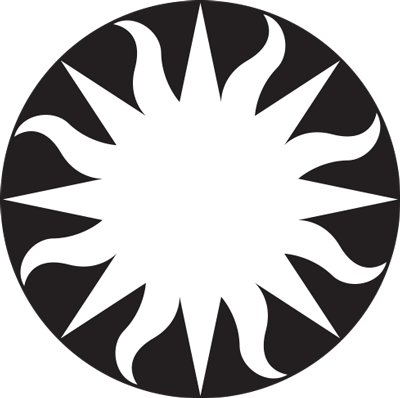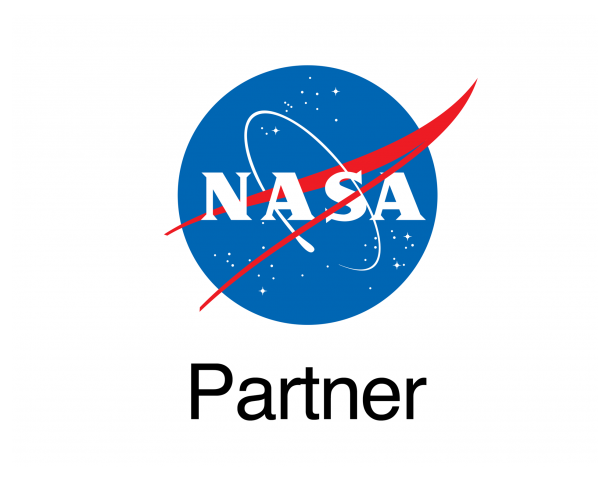Starbursts on grand scale

esahubble_potw2441a October 7th, 2024
Credit: ESA/Hubble & NASA, F. Belfiore, J. Lee and the PHANGS-HST Team
The sparkling scene depicted in this week’s Hubble Picture of the Week is of the spiral galaxy NGC 5248, located 42 million light-years from Earth in the constellation Boötes. It is also known as Caldwell 45, having been included in a catalogue of visually interesting celestial objects that were known, but weren’t as commonly observed by amateur astronomers as the more famous Messier objects. NGC 5248 is one of the so-called ‘grand design’ spirals, with prominent spiral arms that reach from near the core out through the disc. It also has a faint bar structure in the centre, between the inner ends of the spiral arms, which is not quite so obvious in this visible-light portrait from Hubble. Features like these which break the rotational symmetry of a galaxy have a huge influence on how matter moves through it, and eventually its evolution through time. They feed gas from a galaxy’s outer reaches to inner star-forming regions, and even to a galaxy’s central black hole where it can kick-start an active galactic nucleus. These flows of gas have shaped NGC 5248 in a big way; it has many bright ‘starburst regions’ of intense star formation spread across its disc, and it is dominated by a population of young stars. The galaxy even has two very active, ring-shaped starburst regions around its nucleus, filled with young clusters of stars. These ‘nuclear rings’ are remarkable enough, but normally a nuclear ring tends to block gas from getting further into the core of a galaxy. NGC 5248 having a second ring inside the first is a marker of just how forceful its flows of matter and energy are! Its relatively nearby, highly visible starburst regions make the galaxy a target for professional and amateur astronomers alike. [Image Description: A close-in, face-on view of a spiral galaxy. It has two large arms which curve outwards from the round, bright central region to nearly the corners of the image. They are lined by bright pink, glowing points where stars are forming, and channels of dark reddish dust that blocks light. These also spread across the galaxy’s oval disc, which is cloudy in form and speckled with stars. A black background is visible behind it.] Links Pan of NGC 5248
Provider: Hubble Space Telescope | ESA
Image Source: https://esahubble.org/images/potw2441a/
Curator: ESA/Hubble, Baltimore, MD, United States
Image Use Policy: Creative Commons Attribution 4.0 International License

- ID
- potw2441a
- Subject Category
- Subject Name
- NGC 5248
- Credits
- ESA/Hubble & NASA, F. Belfiore, J. Lee and the PHANGS-HST Team
- Release Date
- 2024-10-07T06:00:00
- Lightyears
- Redshift
- Reference Url
- https://esahubble.org/images/potw2441a/
- Type
- Observation
- Image Quality
- Distance Notes
- Facility
- Hubble Space Telescope, Hubble Space Telescope, Hubble Space Telescope, Hubble Space Telescope, Hubble Space Telescope, Hubble Space Telescope
- Instrument
- WFC3, WFC3, WFC3, WFC3, WFC3, WFC3
- Color Assignment
- Purple, Purple, Blue, Green, Red, Red
- Band
- Ultraviolet, Optical, Optical, Optical, Optical, Optical
- Bandpass
- UV, U, B, V, I, H-alpha + NII
- Central Wavelength
- 275, 336, 438, 555, 814, 657
- Start Time
- Integration Time
- Dataset ID
- None, None, None, None, None, None
- Notes
- Coordinate Frame
- ICRS
- Equinox
- J2000
- Reference Value
- 204.38427566199024, 8.881780604997529
- Reference Dimension
- 3781.0, 4119.0
- Reference Pixel
- 1890.5, 2059.5
- Scale
- -1.111108730541544e-05, 1.111108730541544e-05
- Rotation
- 13.220000000000093
- Coordinate System Projection:
- TAN
- Quality
- Full
- FITS Header
- Notes
- Creator (Curator)
- ESA/Hubble
- URL
- https://esahubble.org
- Name
- Telephone
- Address
- ESA Office, Space Telescope Science Institute, 3700 San Martin Dr
- City
- Baltimore
- State/Province
- MD
- Postal Code
- 21218
- Country
- United States
- Rights
- Creative Commons Attribution 4.0 International License
- Publisher
- ESA/Hubble
- Publisher ID
- esahubble
- Resource ID
- potw2441a
- Resource URL
- http://esahubble.org/media/archives/images/original/potw2441a.tif
- Related Resources
- Metadata Date
- 2024-10-07T15:22:58.734591
- Metadata Version
- 1.1
Detailed color mapping information coming soon...















